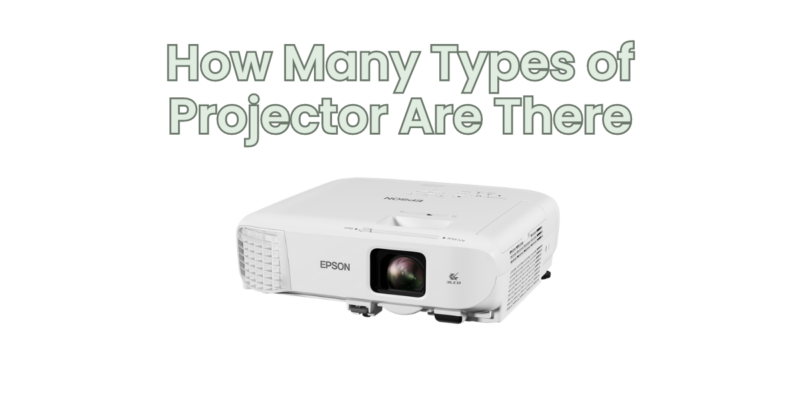Projectors have become an integral part of our lives, enabling us to experience larger-than-life visuals and captivating presentations. With advancements in technology, projectors have evolved to cater to various needs and applications. In this article, we will delve into the different types of projectors available today, ranging from home entertainment systems to professional-grade units.
- Home Theater Projectors:
Home theater projectors are designed to provide an immersive cinematic experience within the comforts of your own home. These projectors typically offer high-resolution displays, vibrant color reproduction, and enhanced contrast ratios to deliver stunning image quality. They often support widescreen formats, such as 16:9 or even 21:9 aspect ratios, to match the dimensions of modern TVs and movie screens.
Home theater projectors may utilize different technologies, such as LCD (Liquid Crystal Display), DLP (Digital Light Processing), or LCoS (Liquid Crystal on Silicon), each offering its own advantages in terms of color accuracy, contrast, and overall image quality. These projectors are often equipped with multiple connectivity options, including HDMI, USB, and wireless capabilities, allowing seamless integration with various audiovisual devices.
- Business and Education Projectors:
Business and education projectors are designed for presentations, training sessions, and classroom environments. They prioritize features like high brightness, sharp text readability, and versatile connectivity options. These projectors are often portable and user-friendly, making them ideal for on-the-go professionals or educators.
Business and education projectors may include advanced features such as keystone correction, which corrects distorted images when projecting at an angle, and wireless screen mirroring for easy content sharing from laptops or mobile devices. Some models also offer interactive features, allowing presenters or educators to annotate and interact with projected content using special pens or touch-sensitive surfaces.
- Short-Throw and Ultra-Short-Throw Projectors:
Short-throw and ultra-short-throw projectors are designed to project large images even in small spaces. These projectors can be placed relatively close to the screen or wall, minimizing the risk of shadows and maximizing usable space in cramped environments.
Short-throw projectors typically have a throw ratio (the distance between the projector and the screen) of around 1:1 to 1:2, while ultra-short-throw projectors have an even shorter throw ratio of 0.3:1 or less. These projectors often come with wide-angle lenses or built-in mirror systems to achieve large image sizes from a short distance.
- Portable Projectors:
Portable projectors, also known as pico projectors or pocket projectors, are compact and lightweight, making them highly portable and convenient for on-the-go usage. These projectors are designed for quick setup and easy transportation, allowing users to project images or videos from various sources, including smartphones, tablets, or laptops.
While portable projectors may sacrifice some image quality and brightness compared to their larger counterparts, they provide flexibility for impromptu presentations, movie nights, or sharing content with a small audience in different locations.
- Large Venue and Professional Installation Projectors:
Large venue and professional installation projectors are designed for large-scale events, auditoriums, theaters, or other venues requiring high brightness and image clarity. These projectors often have powerful light output, allowing for clear visibility even in well-lit environments.
Professional installation projectors may feature advanced lens options, motorized lens shift, and zoom capabilities, enabling precise image positioning and adjustment. They are typically installed in fixed locations, with the ability to project on large screens or even curved surfaces.
In conclusion, projectors come in various types and configurations to suit different needs and applications. Whether you’re looking for a home theater experience, a portable solution, or a projector for business presentations or large-scale events, there is a projector available to meet your specific requirements. Consider factors such as image quality, brightness, connectivity options, and portability when selecting a projector that best aligns with your intended usage. With the right projector, you can unlock a whole new world of visual possibilities, enhancing your entertainment, communication, and professional experiences.


